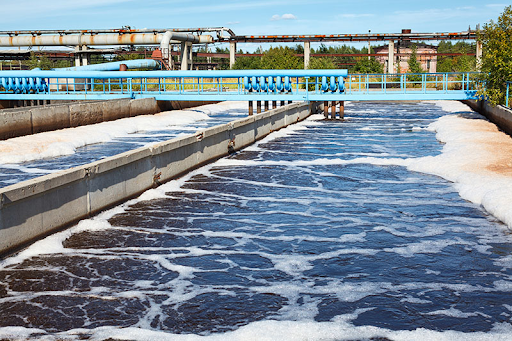Wastewater & Biological Oxygen Demand?
In wastewater the biochemical oxygen demand is the amount of oxygen consumed by bacteria and other microorganisms while they decompose organic matter under aerobic conditions.
The common lake or stream contains small amounts of oxygen in the form of dissolved oxygen (DO). Dissolved oxygen is a crucial component of natural wastewater bodies, maintaining the aquatic life and quality aesthetic of streams and lakes.
The decay of organic matter in wastewater is measured as biochemical oxygen demand. Environmental stresses and other human-induced factors can lessen the amount of dissolved oxygen in a water body, however.
BOD is essentially a measure of the amount of oxygen required to remove waste organic matter from water in the process of decomposition by aerobic bacteria.
To comply with BOD limits, commercial production and manufacturing industries are required to implement a water pretreatment or disposal program.
Sources of BOD in wastewater
Sources of biological oxygen demand include leaves and woody debris; dead plants and animals; animal manure; effluents from pulp and paper mills, water treatment plants, feedlots, and food-processing plants; failing septic systems; and urban storm water runoff.
One of the most important nutrients affecting BOD in aquatic systems — especially in recent times — is phosphate pollution from American households.
How is BOD determined in wastewater?
There are a few methods approved for determining BOD, although one of them is used overwhelmingly by the analytical community. It is known as Standard Methods 5210B.
This method analyzes the difference in dissolved oxygen from a sample for five days. A known volume of sample has its initial DO content recorded and after a five day incubation period at 20°C, the sample is removed from the incubator and the final DO content is taken.
The BOD value is then calculated from the depletion and the size of the sample used. The DO readings are usually in parts per million (ppm). Higher BOD indicates more oxygen is required, signifying lower wastewater quality. Low BOD means less oxygen is being removed from water, so the water is usually more pure.
Since cold water retains oxygen better than warmer water, DO is usually lower in summer months.
The biggest challenge in the BOD test relates to time, as the holding time for a BOD sample is 48 hours from collection. For BOD to operate properly there must be a sufficient population of healthy bacteria in the bottle.
How is BOD used in wastewater treatment plants?
BOD is often used in wastewater treatment plants as an index of the degree of organic pollution in water.
Industries that discharge wastewater into municipal sanitary sewers or waterways are facing strict regulations on levels of BOD. Solid materials in wastewater can consist of organic and/or inorganic materials and organisms and the solids must be significantly reduced by treatment or they can increase BOD when discharged.







